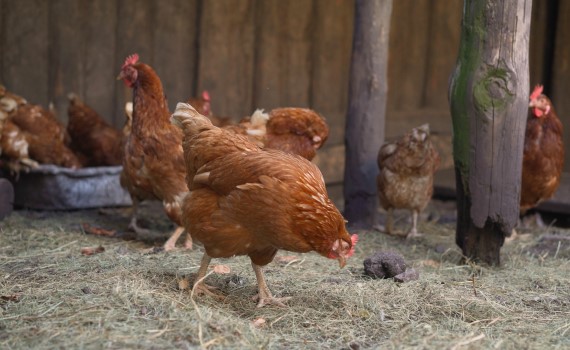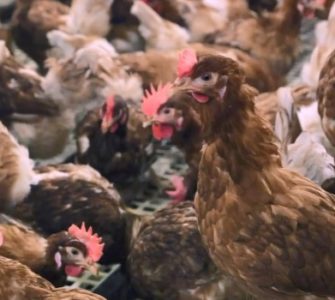Researchers address producer FAQs around cage-free egg production
The US egg industry is in the process of transitioning to cage-free egg production, but many questions remain about the best practices and facilities for these types of production systems. Researchers like Janice Swanson, PhD, Michigan State University, are working with the egg industry to find the answers.
“Scientists often walk this tightrope,” Swanson said. “New technologies develop at faster rates than we can do the science. Therefore, it is very important to have connections with industry and the producers…so we can work at a faster pace and get information that’s coming in from the ground level.”
Based on questions received from the egg producers, Swanson and her colleagues compiled a list of research needs to find the answers. While it is not a complete list, it provides a snapshot of what producers are currently concerned about.
Nesting spaces
“Nesting space comes up all the time,” Swanson explained. “We hear there’s quite a bit of work looking at nest design and curtains.
“We know hens desire a darker place to lay. If curtains don’t extend down far enough to block the hen’s view, the hens won’t settle into laying as well.”
Nest substrate is another unanswered question. Some guidelines discourage straight wire and plastic-coated wire, Swanson said. Astro turf used to be recommended but is quickly soiled. Another option is expanded plastic flooring that allows manure to pass through.
Then there’s the question of floor space versus nest space and why it isn’t all considered living space, she said. Also, strains of hens will use space differently.
“When we ask producers about what kind of systems they are using, we see a lot of different [ones],” Swanson said. “I’m beginning to think one size does not fit all.
“Identifying and validating outcomes-based measures to assess whether a nest design and the provision of floor space is working well together could be helpful to egg producers and auditors of hen welfare.”
Lighting options
New technologies like pulse-alternating lighting are reported to have a calming effect on laying hens, but research to verify it is still underway, Swanson said. These lights also are easily increased or decreased for crews to work.
“The other part is placement of lights so hens can navigate the system,” she said. “It is important to place lights in certain places like feeders, waterers and so on. But there is a learning component to it.”
Lights should gradually be brought up in the morning and gradually dimmed at night, but some research indicates there’s a higher rate of injury during those times, she added. Some people speculate the lights are too low when hens are searching for a place to roost.
Litter area requirements
“We get asked if litter area is 15% or 30%,” Swanson said. “We don’t know. Broilers have great literature on litter use, but here we have different questions because it’s a different configuration.”
In addition, there are hen differences. White hens get in the litter, synchronize and do dusting together, and tolerate large numbers of hens around them. But brown hens don’t tolerate having many other hens near them when dusting, Swanson said — a difference that has implications for litter requirements.
“There is still much to learn about strains of hens and their adaptability to different cage-free system designs,” she said. In addition, producers may find the best hen strains for cage-free production do not have the egg-quality attributes their customer requires. More research is needed in this area.
For more information, read, “What we do and don’t know related to cage free egg production research,” by Janice C. Swanson, PhD.
Posted on December 19, 2022

















